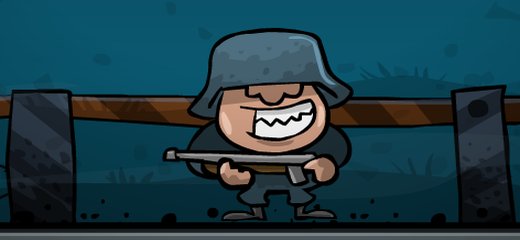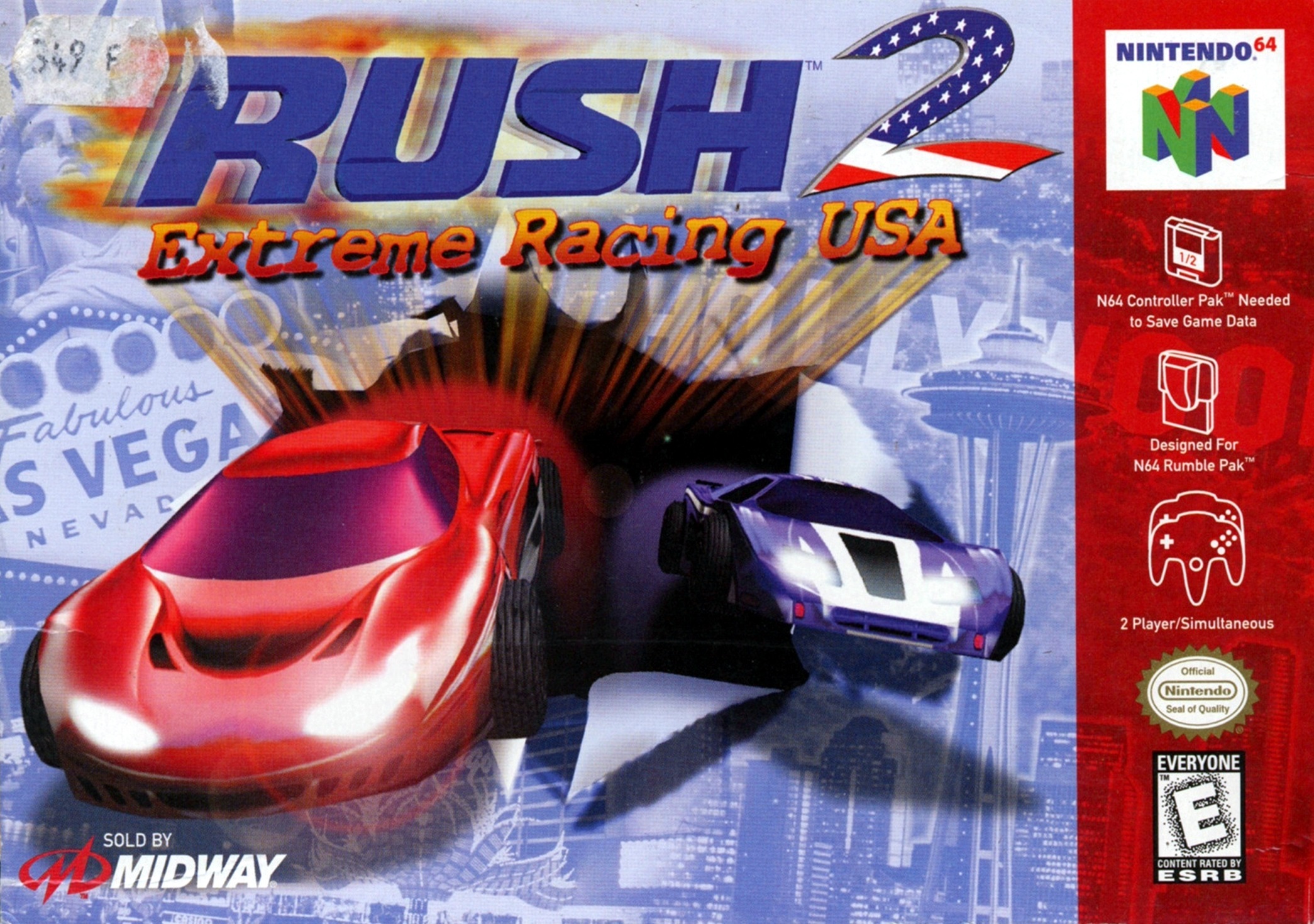

We will have to create a panel or form on our page to enter the message which will be passed to Unity. The second part is a little bit harder to do. Function which receives a message from UnityĬonst lblMessage = document.getElementById("lblMessage") We also need to create a method on our page to receive the message and do something with it!
#Rush team 2 webgl code#
However, the code in the plugin will not be enough for us here. ReceiveMessageFromUnity(convertedText) // This function is embeded into the page Var convertedText = Pointer_stringify(text) Method used to send a message to the page

Public static extern void SendMessageToPage(string text) / Class with a JS Plugin functions for WebGL. In our case, we will have just one method in it. It will serve the purpose of sending a message from Unity to the page. The first step to creating communication between Unity WebGL and the page will be to create a JS plugin. Now we have to follow new rules for interacting with browser scripting. In the old times you could call JS functions in WebGL directly from C# using Application.ExternalCall(), but we can’t do it any longer. I believe we are at the dawn of a new era of rich 2D and 3D experiences on the web, and Unity is the killer app that will make it happen.To start, we need two things – a JS plugin and a receiver (bridge) in Unity. Nothing comes close to the mature development tools contained within Unit圓D. I've tried various web-graphics libraries like three.js, babylon.js, phaser and playcanvas.
#Rush team 2 webgl professional#
In the first half of my career I was a professional game developer (Rock Band, The Sims, and many more), and in the second half I specialized in graphical applications for the web (Gliffy diagramming and SIMMER game hosting). I have almost twenty years of professional development experience. But don't worry, we'll go over all the code line-by-line, and I'll share various resources and documentation with you that will help you create awesome browser-based 2D and 3D apps! You'll get the most out of this course if you have some development experience with either Unity or the web. While the earlier lessons don't require much coding, we will use plenty of C#, Javascript, HTML and CSS in the later lessons. This IS an intermediate-level topics course that will spark your imagination with the amazing possibilities of 2D and 3D graphical applications in the browser. This course is NOT a general purpose Unity tutorial, nor is it a general purpose Web development class.
#Rush team 2 webgl how to#
Finally, you'll learn how to achieve bi-directional communication between the browser and Unity.

You'll learn how to interface with a web search API using CORS and JSON, and we'll cover how to avoid common errors when exporting your game to WebGL.

Then you'll do a deep dive about how to use images and textures pulled from the web. Kickstarter, Patreon, Wordpress and Medium and more.Įarly in the course, you'll learn three secrets that will instantly make your game look fantastic in the browser. Then you'll learn the rich history of Unity and the web, and understand how to deploy browser games to various services including: Within the first ten minutes of this course, you will be able to build a 3D app and deploy it to a live website. Or are you a web developer looking for a mature development environment for bringing 2D and 3D graphical web applications to life? Michael Sample, Director of Engineering you a game developer looking for the ultimate low-friction way to reach a wider audience on the web? Rocco is a gifted instructor and keeps the information flowing at the right pace while maintaining a very practical emphasis.ĪND he very thoughtfully avoids confusing users by wearing the same red plaid shirt for every lecture. Fellow code warriors, if you've ever considered building 2D or 3D games for the browser, you won't find a better guide than Rocco's just completed course on Udemy.


 0 kommentar(er)
0 kommentar(er)
